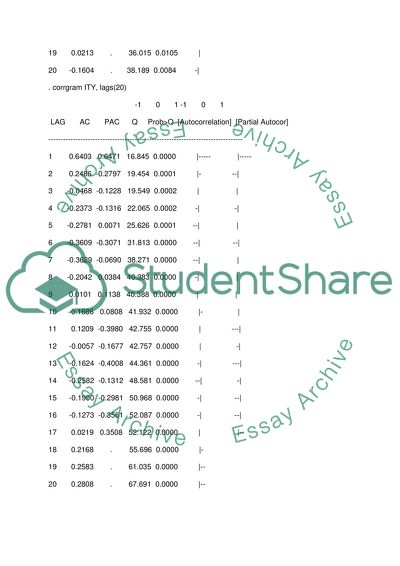Cite this document
(“The ARCH Model: Empirical Analysis Assignment Example | Topics and Well Written Essays - 2500 words”, n.d.)
The ARCH Model: Empirical Analysis Assignment Example | Topics and Well Written Essays - 2500 words. Retrieved from https://studentshare.org/social-science/1842556-applied-econometrics-stata-assignment
The ARCH Model: Empirical Analysis Assignment Example | Topics and Well Written Essays - 2500 words. Retrieved from https://studentshare.org/social-science/1842556-applied-econometrics-stata-assignment
(The ARCH Model: Empirical Analysis Assignment Example | Topics and Well Written Essays - 2500 Words)
The ARCH Model: Empirical Analysis Assignment Example | Topics and Well Written Essays - 2500 Words. https://studentshare.org/social-science/1842556-applied-econometrics-stata-assignment.
The ARCH Model: Empirical Analysis Assignment Example | Topics and Well Written Essays - 2500 Words. https://studentshare.org/social-science/1842556-applied-econometrics-stata-assignment.
“The ARCH Model: Empirical Analysis Assignment Example | Topics and Well Written Essays - 2500 Words”, n.d. https://studentshare.org/social-science/1842556-applied-econometrics-stata-assignment.


